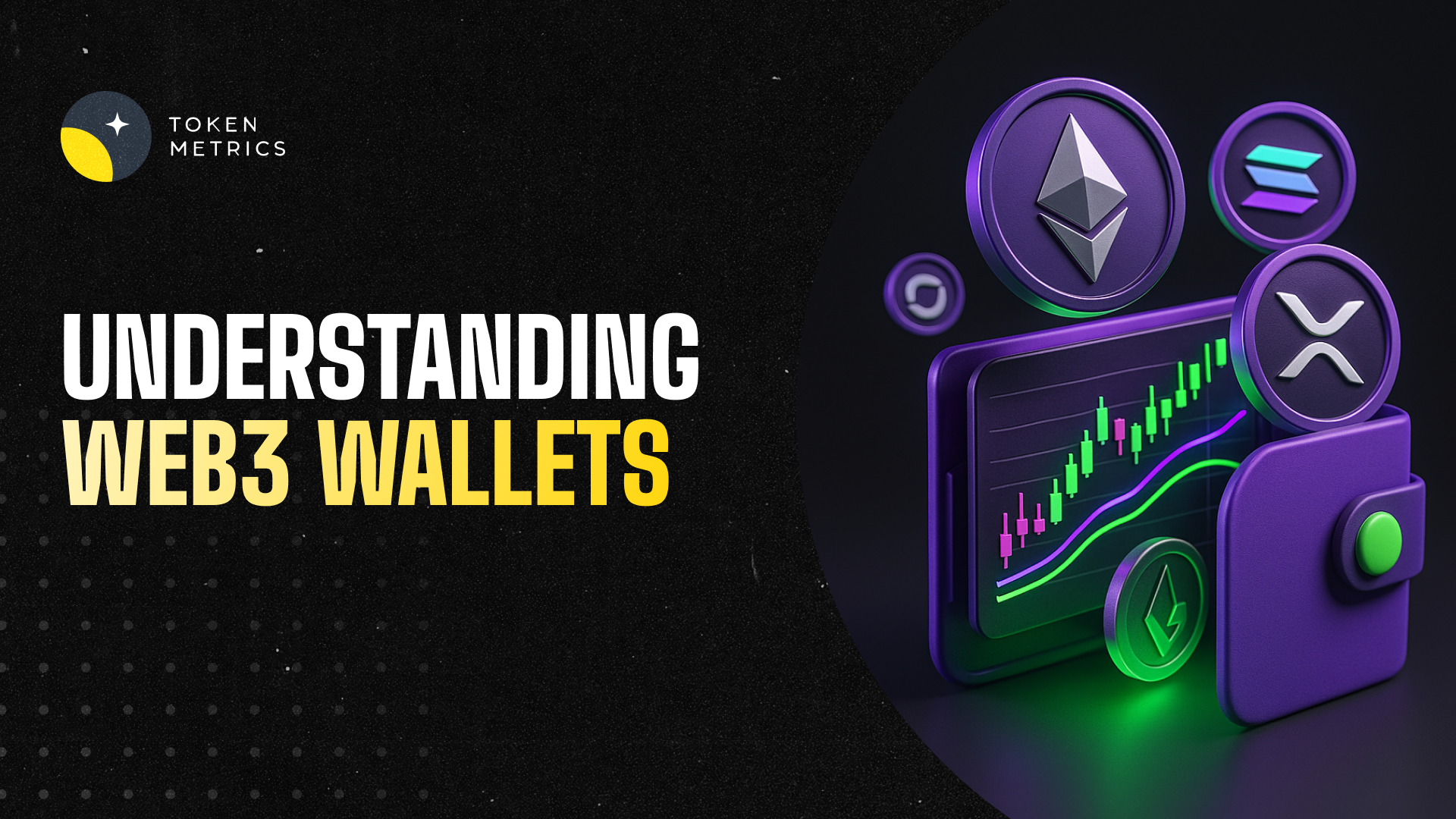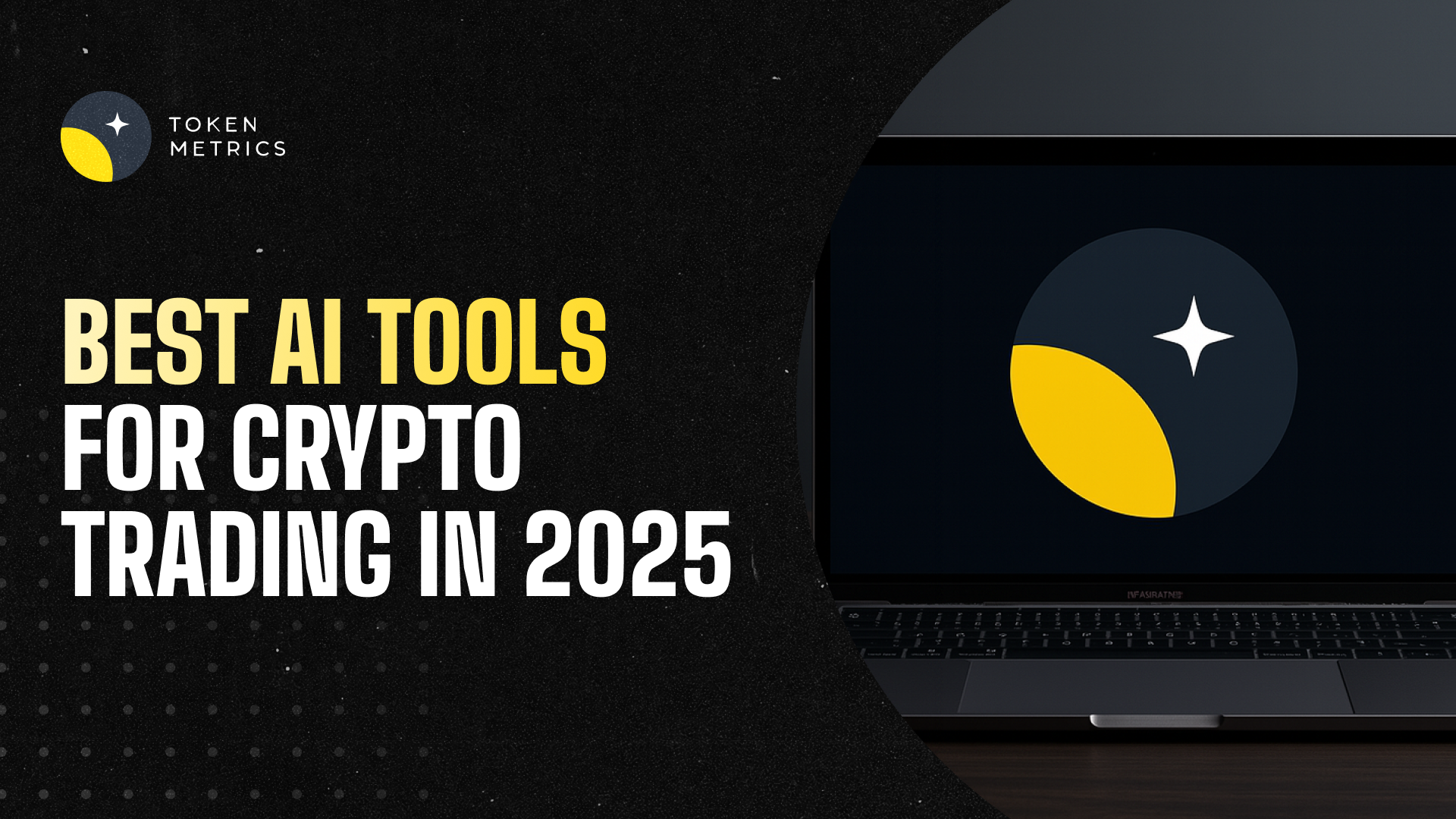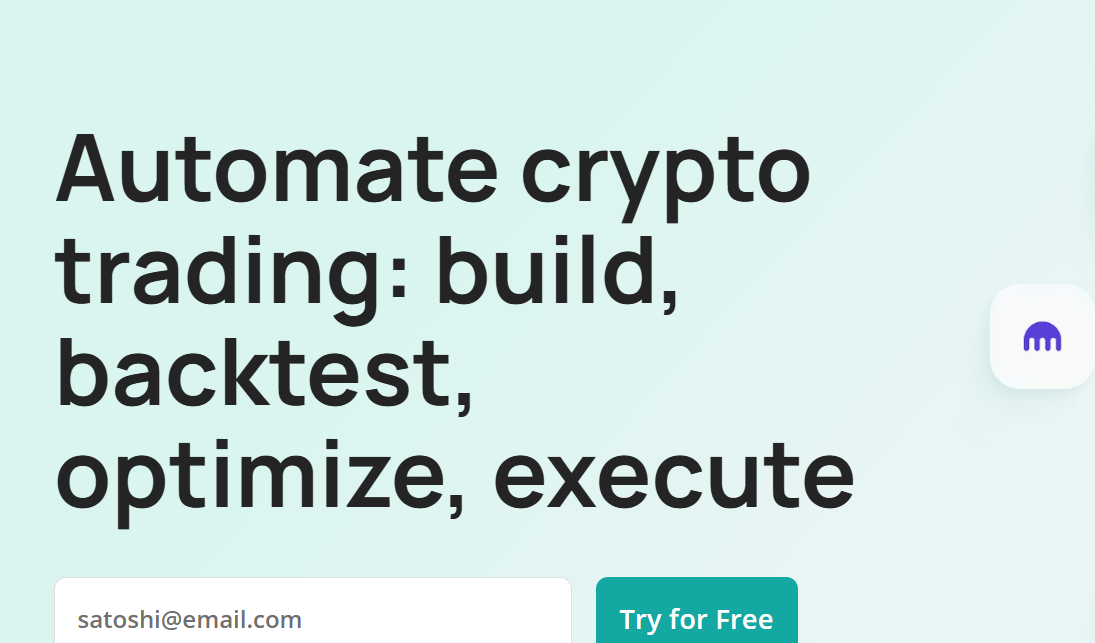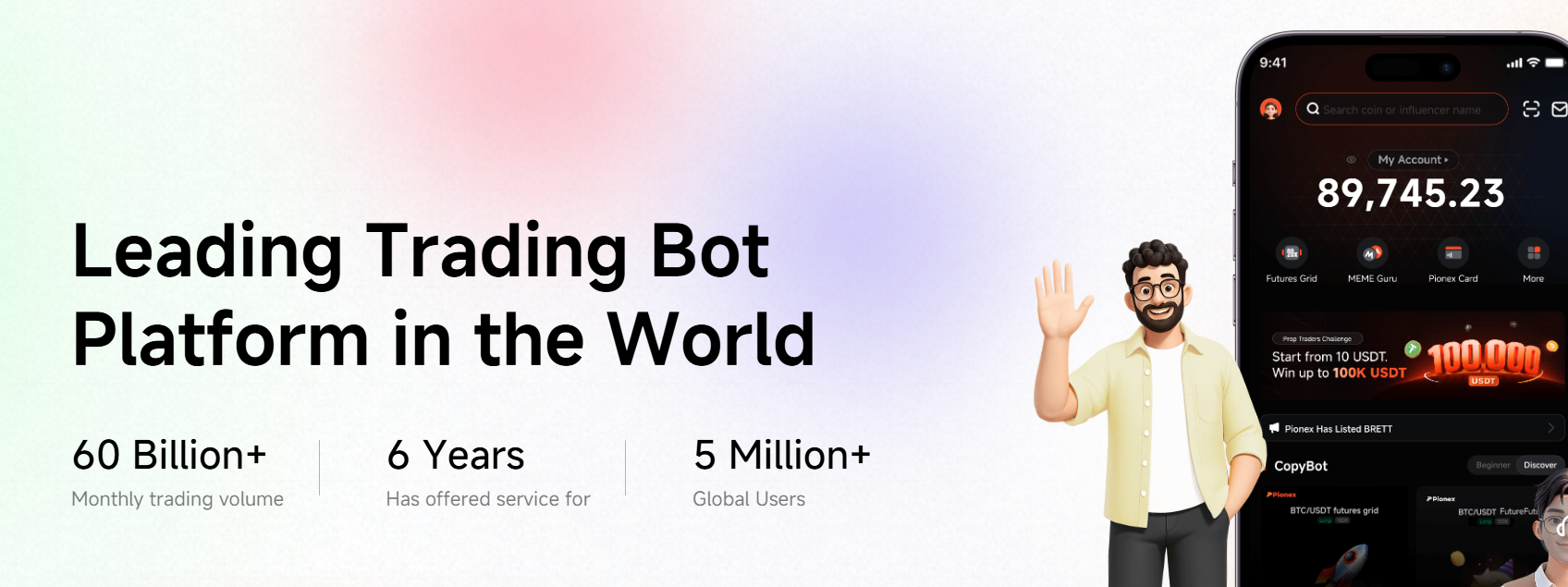
Exploring APIs: How Application Programming Interfaces Power Crypto Innovation

From social networks to financial services and complex blockchain platforms, Application Programming Interfaces (APIs) play a foundational yet often unseen role in the digital world. For developers, analysts, and business leaders navigating crypto and blockchain innovation, understanding APIs is critical—not just for integrating data, but for building scalable, intelligent applications.
What Is an API and Why Does It Matter?
At its core, an API (Application Programming Interface) is a set of defined rules and protocols that facilitate communication between different software programs. APIs serve as bridges, letting one application request and receive specific data or services from another—without needing to understand its internal workings. In the context of crypto, APIs are a vital backbone for everything from accessing market data in real-time to interacting with smart contracts or managing digital assets on exchanges.
Why are APIs so important? They:
- Enable standardized, secure data transfer between applications
- Allow rapid integration of new features, accelerating innovation
- Make it possible to automate analysis, trading, and reporting
- Open platforms for external development, expanding utility and reach
For web3 and decentralized finance (DeFi), APIs are the pipes through which information and functionality flow.
How APIs Work in the Crypto Ecosystem
Crypto APIs span a range of use-cases. Here are the most common types:
- Price and Market Data APIs: These APIs deliver up-to-the-second pricing, market depth, and historical data across cryptocurrencies. Trading bots, portfolio trackers, and analytics dashboards often rely on robust, low-latency market APIs to function effectively.
- Exchange APIs: Major crypto exchanges provide APIs so users and applications can programmatically execute trades, retrieve balances, and access account information. This is essential for algorithmic trading or building custom portfolio management tools.
- Blockchain Node APIs: Public blockchains (like Ethereum or Bitcoin) expose APIs that let developers query transaction histories, submit transactions, or interact with smart contracts.
- Token and Asset Management APIs: These APIs help users aggregate and track assets held across different blockchains and platforms.
- On-Chain Analytics APIs: Extracting actionable insights from distributed ledgers would be nearly impossible without APIs delivering transaction clusters, wallet activity metrics, and address risk assessments directly to dashboards or applications.
APIs are typically accessed via endpoints—URLs that represent specific requests (for example, /api/v1/prices or /api/v1/account/balance). They can use various formats, but RESTful JSON APIs dominate thanks to web-friendliness and simplicity.
Benefits and Challenges of Using APIs in Crypto
APIs deliver distinct advantages but also introduce complexities—especially within the fast-evolving crypto sector.
- Efficiency & Automation: APIs let you automate tasks that would otherwise require manual interaction—fetching data, sending transactions, or rebalancing portfolios—freeing up valuable time and reducing errors.
- Modularity: Applications can be built flexibly and updated independently since APIs decouple frontends from data sources and underlying infrastructure.
- Scalability: As crypto adoption grows, API-driven systems allow new features and integrations with minimal disruption.
- Security Risks: Exposing APIs comes with responsibility. Poorly secured keys, insufficient rate limiting, or unvalidated requests can open the door to data leaks or malicious activity. Following best practices—like using HTTPS, API key management, and regular audits—is essential.
- Reliability: Dependence on third-party APIs for mission-critical features requires robust monitoring and fallback plans for downtime or outages.
Understanding the trade-offs between ease of access and risk is a crucial part of an effective API strategy, especially in crypto where assets and data value are significant.
API Use Cases in Crypto Development
APIs have revolutionized how crypto tools are built and used. Here are just a few scenarios:
- Building Trading Bots: By leveraging exchange APIs, developers can implement automated strategies that read market data, place orders, and manage risk parameters in real time.
- Portfolio Management: Aggregating multiple exchange and wallet APIs allows for 360-degree portfolio views, real-time net worth tracking, and tailored analytics—all accessible via dashboards or mobile apps.
- Blockchain Analytics: APIs delivering on-chain insights let researchers, auditors, and security teams monitor transactions, spot anomalies, or track large holders’ behavior.
- Custom Alerts and Notifications: By integrating APIs with AI-driven analysis platforms, users can receive timely updates on key metrics, wallet movements, or market shifts.
Forward-thinking developers increasingly combine APIs with AI and machine learning to surface new opportunities or flag potential risks in the noisy world of digital assets.
Choosing the Right Crypto API Tools
The crypto API landscape is vast, ranging from open public endpoints to specialized commercial products. Key considerations include:
- Coverage: Does the API provide access to the assets, blockchains, and data you need?
- Latency & Reliability: Fast, dependable responses are critical for trading and real-time analytics.
- Security: Look for robust authentication, clear privacy policies, and transparent change notifications.
- Documentation & Support: Well-documented APIs reduce the learning curve and help troubleshoot issues quickly.
- Pricing: Some offer free tiers for testing; others are premium services based on volume or feature-set.
Increasingly, platforms such as Token Metrics provide unified API access to pricing, on-chain analytics, and trading signals, allowing developers and analysts to streamline their workflows and focus on higher-value research.
Build Smarter Crypto Apps & AI Agents with Token Metrics
Token Metrics provides real-time prices, trading signals, and on-chain insights all from one powerful API. Grab a Free API Key
Frequently Asked Questions About APIs in Crypto
What is the difference between public and private APIs?
Public APIs are open for anyone to use, often requiring just a free key or none at all. Private APIs require authentication and are used for managing user-specific actions, like placing trades or accessing sensitive account data. Both types are crucial in crypto ecosystems.
How does API security work?
API security combines factors such as unique API keys, encrypted connections (HTTPS), and rate limiting to restrict unauthorized access. Some APIs incorporate role-based permissions or two-factor authentication for enhanced protection.
Why might an API be limited or restricted?
APIs may be rate-limited to protect infrastructure from abuse and ensure fair use among users. Restrictions can also be set for regulatory compliance, pricing models, or to prevent market manipulation in financial applications.
How do you get started using a crypto API?
Start by selecting an API provider aligned with your needs—data, trading, analytics, etc. Follow their documentation to register an account, generate an API key, and make test requests. Most modern APIs offer free tiers for initial exploration.
Can APIs work with AI and machine learning?
Absolutely. APIs are commonly used to provide the raw data required for AI model development, and AI platforms themselves often offer APIs to serve predictions and recommendations directly into crypto applications.
Disclaimer
This article is for informational and educational purposes only. It does not constitute investment or financial advice, and should not be construed as such. Always conduct thorough research and consult professional advisors before making decisions related to APIs, cryptocurrencies, or blockchain technology.

.svg)

Create Your Free Token Metrics Account

.png)




%201.svg)
%201.svg)


%201.svg)













.svg)




.png)